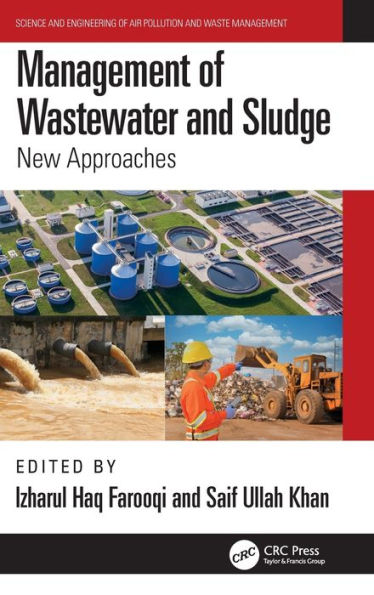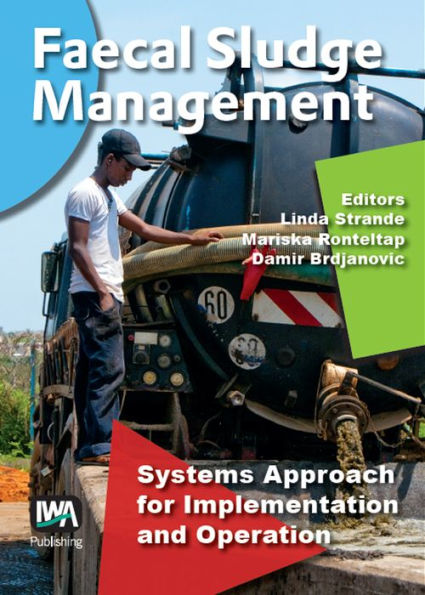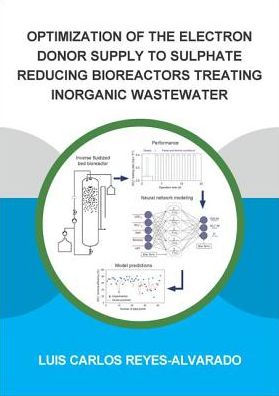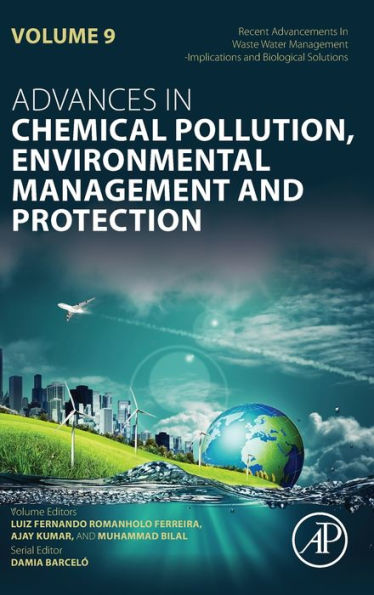Home
Evaluation of Processes to Reduce Activated Sludge Solids Generation and Disposal
Barnes and Noble
Evaluation of Processes to Reduce Activated Sludge Solids Generation and Disposal
Current price: $168.00
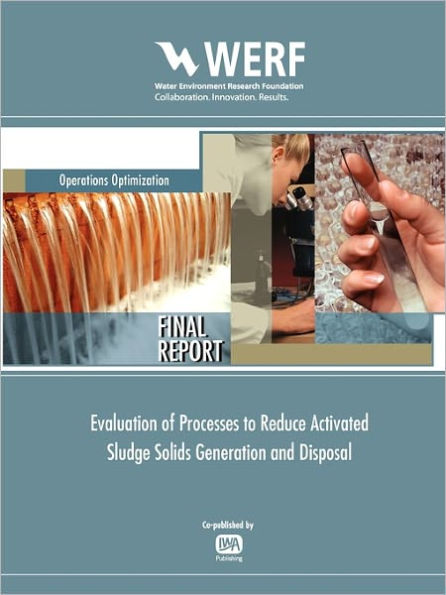

Barnes and Noble
Evaluation of Processes to Reduce Activated Sludge Solids Generation and Disposal
Current price: $168.00
Size: OS
Loading Inventory...
*Product information may vary - to confirm product availability, pricing, shipping and return information please contact Barnes and Noble
This project will deal with a number of aspects of WAS-only-reduction technologies for both industrial and municipal wastewater treatment applications.
The objectives of this project include the following:
This study includes not only the primary goals of establishing the degree of WAS reduction and corresponding capital and operation and maintenance (O&M) costs, but also such details as impacts on dewaterability (e.g., changes in polymer requirements, and maximum solids content achievable), changes in volatile solids reduction and corresponding biogas production in anaerobic digestion, possible odor issues in terms of in-plant processing requirements or ultimate product quality for disposal that result from these processes, and the change in characteristics of the recycle streams back to the main process (such as increased nutrient return, increased total suspended solids [TSS] return, phosphorus removal, etc.).
In addition to the more technical parameters, the adopted approach also considers evaluations of operability, reliability, and maintainability on each of the leading processes. Some of these effects were determined by laboratory testing and plant data evaluation. Others were investigated through comprehensive modeling using standard industry models such as ASM 2d for liquid-stream biological treatment and the ADM1 model for anaerobic digestion.
A key objective of this work is an impartial validation of these technologies and the development of a methodology for assessment of additional technologies that currently do not exist, but could be developed in the future. This requires not only real world operating data, but also a degree of understanding of the fundamental mechanism behind the process. As such, a critical part of this project involves the discussion of the potential underlying mechanisms for each of the validated technologies.

